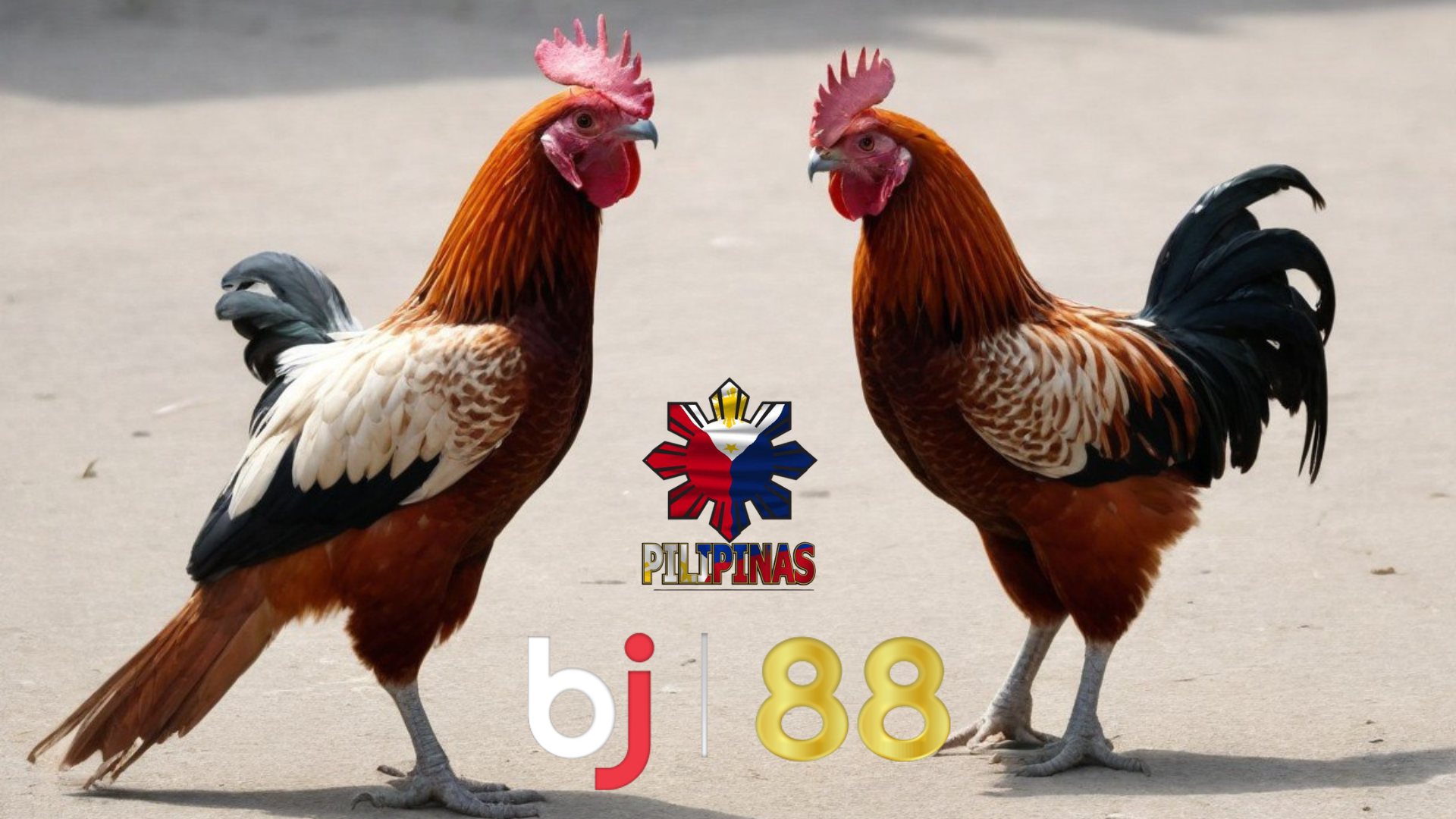In the Philippines, sabong, commonly known as cockfighting, is deeply ingrained in the cultural tapestry, woven into the fabric of history and rural life. However, the traditional milieu of this sport has undergone a profound transformation with the ascent of technology and the proliferation of online platforms, giving birth to a novel phenomenon – digital sabong communities.
These virtual cohorts, comprising enthusiasts, breeders, and fervent followers, have eagerly embraced the digital era to propel sabong into uncharted realms. Operating primarily through online platforms such as social media, forums, and dedicated websites, they converge with like-minded individuals, exchange insights, and orchestrate events. Here, we delve into the inception of digital sabong communities in the Philippines and their transformative impact on this time-honored tradition.

The surge of digital sabong communities stems from various factors. Initially, the widespread accessibility of the internet and smartphones has facilitated seamless communication and networking among sabong enthusiasts nationwide. What was once confined to local arenas and gatherings has now expanded into a virtual realm, drawing individuals from diverse backgrounds to celebrate their shared passion for the sport.
Moreover, the onset of the COVID-19 pandemic accelerated the digitalization of sabong. With constraints on public gatherings and traditional cockfighting events, enthusiasts turned to online platforms to maintain their connection with the sport. This shift provided fertile ground for the emergence of digital sabong communities, fostering camaraderie and continuity during uncertain times.

Digital sabong communities serve as vibrant nuclei within the Filipino cockfighting landscape. Functioning as hubs for knowledge exchange and camaraderie, members engage in discussions on breeding techniques, training methodologies, and betting strategies. Through collaborative endeavors, they deepen their understanding of the sport, enriching the collective experience. Additionally, these communities often host webinars and seminars led by seasoned breeders and sabong experts, further enriching the learning journey.
Furthermore, digital sabong communities play a pivotal role in organizing virtual cockfighting events and tournaments. Leveraging live streaming platforms and online betting portals, members participate in matches from the comfort of their homes, transcending geographical boundaries and appealing to a broader audience. These events not only entertain but also provide platforms for showcasing premier breeds and talents within the sabong community.

Collaboration serves as the cornerstone of digital sabong communities. Members collaborate on breeding projects, genetic research, and conservation efforts aimed at preserving indigenous gamefowl breeds. Through pooled resources and expertise, they aspire to elevate the sport’s standards and safeguard its legacy for future generations.
Moreover, digital sabong communities prioritize community building and social impact. Beyond their shared enthusiasm for cockfighting, members actively support local communities through charitable initiatives and outreach programs. Whether it involves extending scholarships to underprivileged youth or organizing medical missions in rural areas, these communities epitomize a profound sense of social responsibility and solidarity.

Despite their burgeoning influence, digital sabong communities face challenges such as regulatory scrutiny and the enduring stigma attached to the sport. Cockfighting remains a contentious issue in the Philippines, sparking debates on animal welfare and ethical considerations. Consequently, digital sabong communities must navigate legal frameworks and advocate for responsible practices to ensure the sport’s sustainability.
However, within these challenges lie opportunities for innovation and growth. As technology advances, digital sabong communities can harness artificial intelligence, data analytics, and blockchain technology to enhance transparency, integrity, and security within the industry. Moreover, by collaborating with government agencies and advocacy groups, they can contribute to establishing standards and regulations that balance stakeholders’ interests while safeguarding gamefowl welfare.
CONCLUSION
The emergence of digital sabong communities signifies a paradigm shift in the Filipino cockfighting landscape. By embracing technology and fostering collaboration, these communities redefine enthusiast engagement, transcend geographical barriers, and preserve the sport’s essence. As they evolve and innovate, digital sabong communities serve as custodians of tradition, ensuring its endurance and relevance in the digital age.

